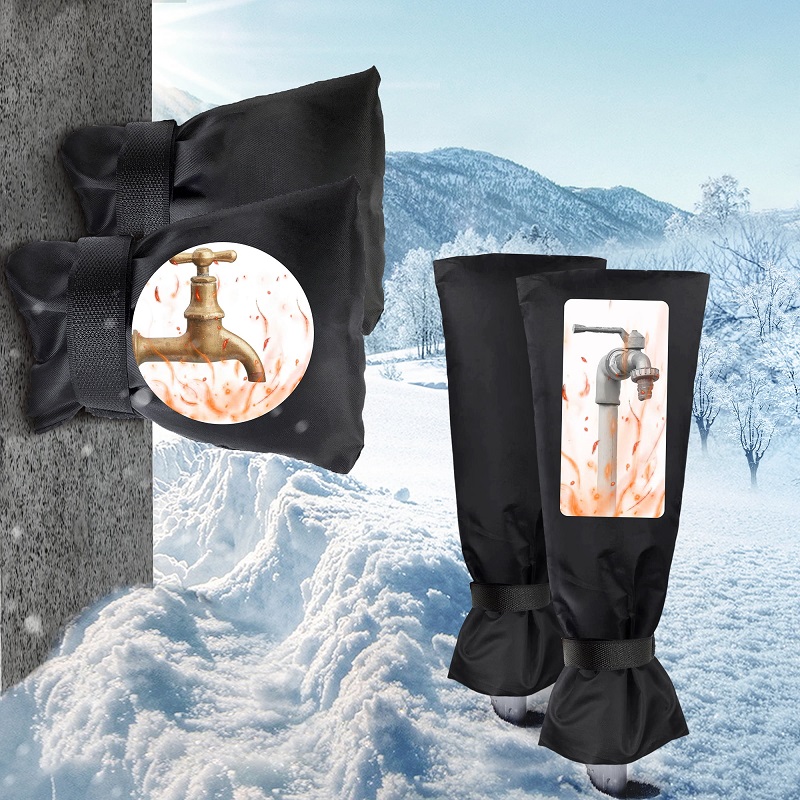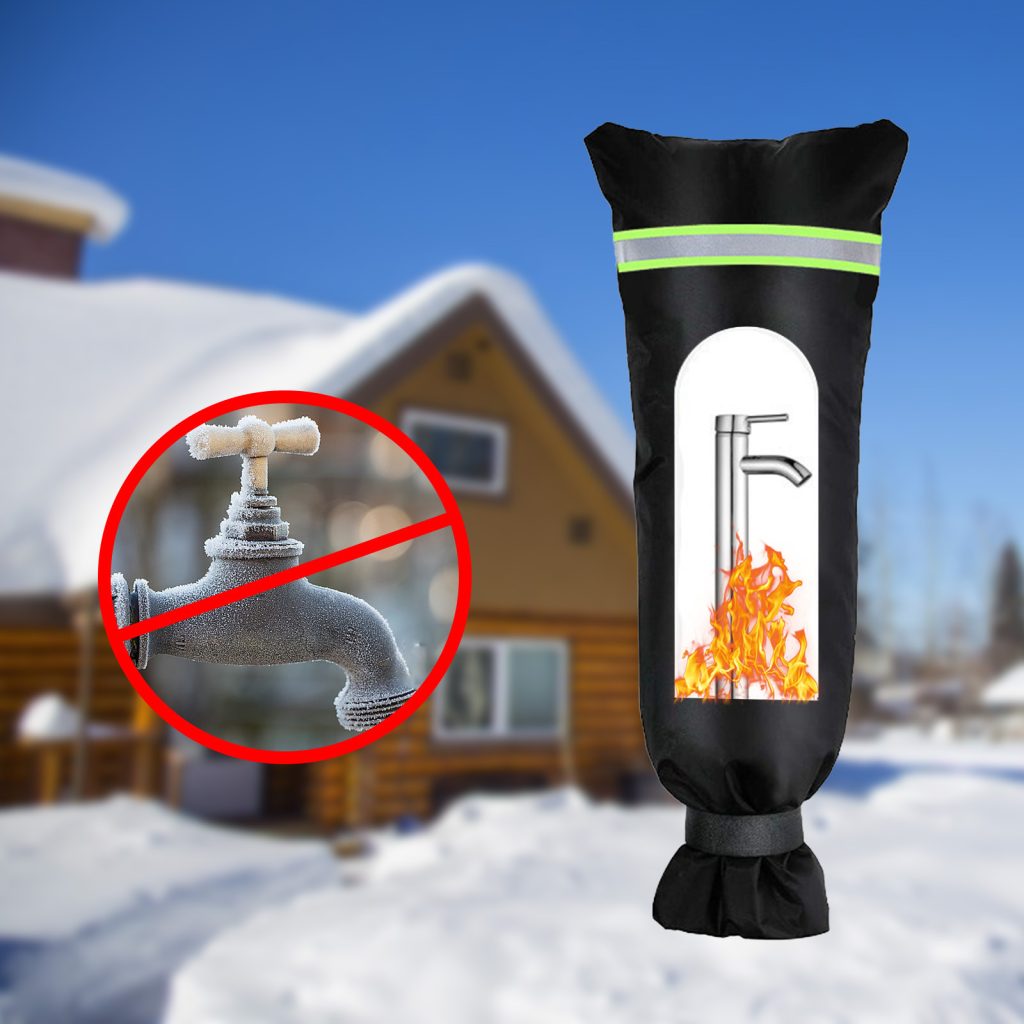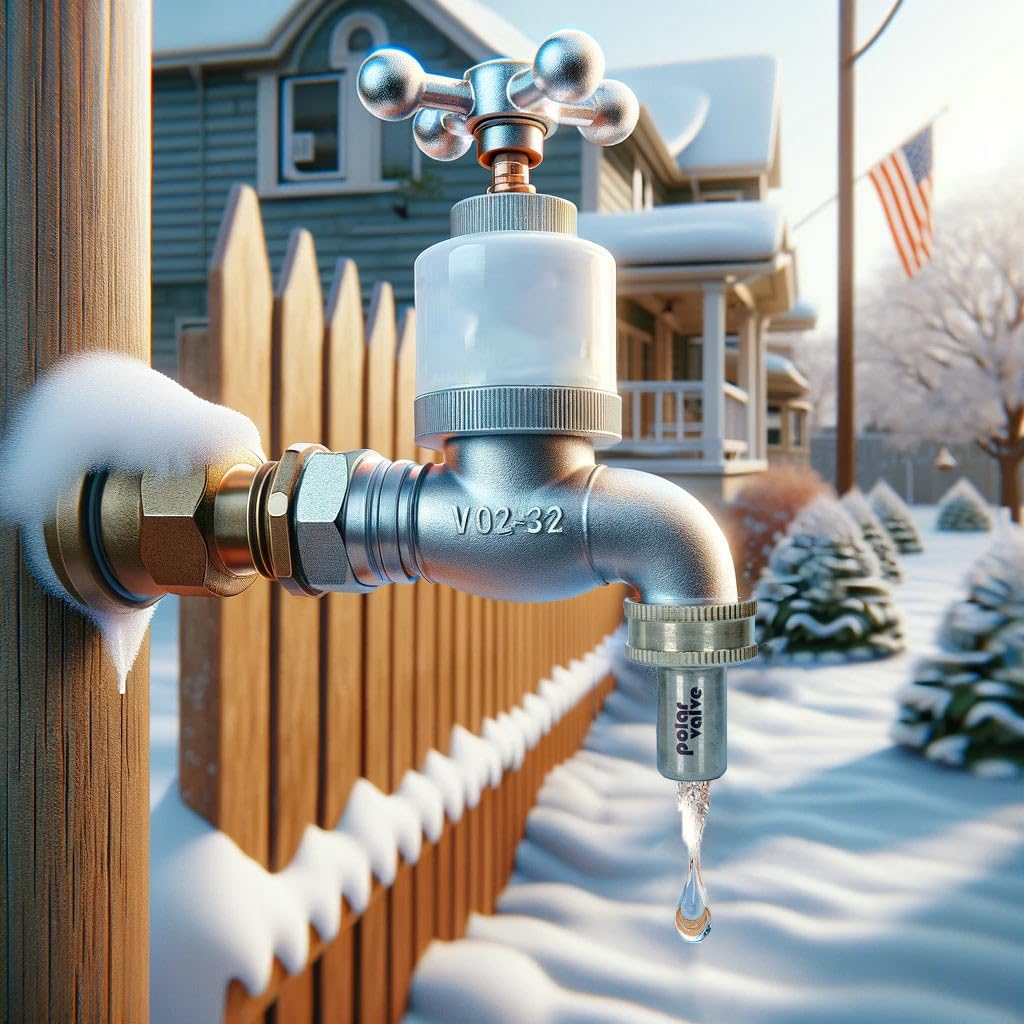What to do with outdoor faucets in winter? As winter approaches, it is important to prepare your home for the dropping temperatures to prevent damage and costly repairs. One often overlooked area of the home that requires attention is outdoor faucets. Failing to properly winterize outdoor faucets can lead to frozen or burst pipes, potentially causing significant damage. In this article, we will discuss the steps to take to prepare outdoor faucets for the winter season to ensure they remain in good working condition.

Insulate the Outdoor Faucets
One of the most effective ways to protect outdoor faucets from freezing during the winter is to insulate them. This can be done using foam insulation sleeves or covers, which can be easily purchased at most home improvement stores. These sleeves are designed to fit over the faucet and provide an extra layer of protection against the cold. Additionally, insulating the pipes that supply the outdoor faucets can help prevent freezing and potential damage.
Drain the Water Supply
Before the temperatures drop significantly, it is important to drain the water supply to the outdoor faucets. Start by turning off the water supply to the outdoor faucets from the main shut-off valve. Once the water is turned off, open the outdoor faucets to allow any remaining water to drain out. This will help prevent any standing water from freezing and potentially damaging the pipes. Be sure to also detach any hoses or attachments from the faucets and drain them of any remaining water.
Install Frost-Free Faucets
If you live in a region where temperatures drop significantly during the winter months, it may be beneficial to consider installing frost-free faucets. These faucets are designed to prevent freezing by shutting off the water supply inside the home, rather than at the faucet. Frost-free faucets can be a valuable investment in regions that experience harsh winter conditions and can help prevent costly damage to the plumbing system.
Use Heat Tape
Another option for preventing outdoor faucets from freezing is to use heat tape. Heat tape is a flexible electrical heating element that can be wrapped around pipes and faucets to provide additional protection against freezing. When temperatures drop, the heat tape can be turned on to keep the pipes and faucets warm and prevent freezing. Be sure to follow the manufacturer’s instructions and safety guidelines when using heat tape to prevent any potential hazards.

Consider an Outdoor Faucet Cover
For extra protection, consider using a faucet cover to shield outdoor faucets from the harsh winter weather. Faucet covers are typically made of durable materials such as plastic or foam and are designed to fit snugly over the faucet, providing an added layer of insulation and protection against freezing temperatures. When selecting a cover, make sure it is the correct size for your faucet to effectively protect it from the cold.
Precautions for use of outdoor faucets in winter
As the temperatures drop and winter approaches, it is essential to prepare your outdoor faucets for the cold weather. Failing to do so can lead to frozen and burst pipes, causing significant damage and costly repairs.
Inspecting and Repairing Leaks
Before the arrival of winter, it is crucial to inspect all outdoor faucets for any leaks or damage. Even a small leak can lead to significant problems in freezing temperatures. Check the faucets and the connecting pipes for any signs of leakage and repair them as needed. Tighten loose fittings and replace damaged components to prevent water from seeping out and freezing.
Shutting Off the Water Supply
One of the most important steps in preparing outdoor faucets for winter is to shut off the water supply to the outdoor plumbing. Locate the shut-off valve that controls the water to the outdoor faucets and turn it off. This will prevent water from flowing into the outdoor pipes and faucets, reducing the risk of freezing and bursting.
Draining the Faucets and Pipes
After shutting off the water supply, it is essential to drain any remaining water from the outdoor faucets and pipes. Start by opening the outdoor faucets to allow any water to drain out. Then, go inside your home and open the indoor faucets connected to the outdoor plumbing to allow any residual water to drain out. This will help prevent the water from freezing and causing damage to the pipes.
Insulating Outdoor Faucets and Pipes
Another important consideration for using outdoor faucets in winter is to insulate them and the connecting pipes. There are various insulation products available, such as foam insulating covers and pipe insulation sleeves, that can help protect outdoor plumbing from freezing temperatures. Wrap the outdoor faucets in winter and pipes with insulation materials to provide an extra layer of protection against the cold.
Using Heating Cables
In areas with extremely cold temperatures, using heating cables may be necessary to prevent outdoor faucets and pipes from freezing. Heating cables can be wrapped around the pipes and faucets and provide a consistent source of heat to keep the water from freezing. Follow the manufacturer’s instructions when installing and using heating cables to ensure safe and effective operation.

Protecting Outdoor Faucets with Faucet Covers
Faucet covers are a simple and effective way to protect outdoor faucets from freezing temperatures. These covers are designed to fit over the faucet and provide insulation and protection against the cold. Install faucet covers on all outdoor faucets to help prevent freezing and minimize the risk of damage to the plumbing.
Monitoring and Maintenance
Throughout the winter months, it is important to monitor the outdoor faucets and plumbing for any signs of freezing or damage. Check the faucets and pipes regularly for any leaks or signs of freezing. If you notice any issues, take immediate action to address them and prevent further damage.
Advantages of outdoor faucets in winter
Convenience:
One of the main advantages of outdoor faucets in winter is the convenience they offer. Having easy access to water outdoors can make a variety of tasks much simpler. Whether it’s watering the garden or washing outdoor equipment, having a working outdoor faucet can make these tasks much easier to accomplish.
Maintenance of Outdoor Spaces:
Outdoor faucets also play a crucial role in the maintenance of outdoor spaces during the winter. It’s important to keep plants and trees watered, even in colder weather, to ensure they remain healthy and continue to thrive. Outdoor faucets make this task much easier to complete, thus allowing individuals to continue caring for their outdoor spaces even during the winter months.
Vehicle Maintenance:
Washing vehicles becomes much more challenging in the winter if there is no access to water outdoors. Outdoor faucets provide the opportunity to easily wash and maintain vehicles, preventing the buildup of salt and other potentially damaging substances that can accumulate during the winter.
Hygiene:
Outdoor faucets also play a role in maintaining good outdoor hygiene during the winter. Whether it’s cleaning outdoor furniture or keeping outdoor play areas clean, having access to water through outdoor faucets can ensure a clean and hygienic outdoor environment for individuals and their families.

Conclusion
As the winter season approaches, it is crucial to take the necessary steps to prepare outdoor faucets for the dropping temperatures. Failing to do so can lead to frozen or burst pipes and costly repairs. By insulating outdoor faucets, draining the water supply, and considering options such as frost-free faucets, heat tape, and faucet covers, you can help ensure that your outdoor faucets remain in good working condition throughout the winter. Taking the time to properly winterize outdoor faucets can provide peace of mind and help prevent potential damage to your home’s plumbing system.
